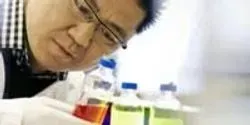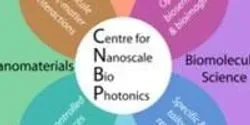nanotechnology

University of Adelaide researchers are using nanotechnology and the fossils of single-celled algae to develop a novel chemical-free and resistance-free way of protecting stored grain from insects.

Designing nanomedicine to combat diseases is a hot area of scientific research, primarily for treating cancer, but very little is known in the context of atherosclerotic disease. Scientists have engineered a microchip coated with blood vessel cells to learn more about the conditions under which nanoparticles accumulate in the plaque-filled arteries of patients with atherosclerosis, the underlying cause of myocardial infarction and stroke.

A team of researchers at the University of Toronto has discovered a method of assembling “building blocks” of gold nanoparticles as the vehicle to deliver cancer medications or cancer-identifying markers directly into cancerous tumors.

The Clemson University technology that could power industrial tools, run consumer electronics and help reduce carbon emissions starts with building blocks that are about 10,000 times smaller than the diameter of a human hair.

Vaccines combat diseases and protect populations from outbreaks, but the life-saving technology leaves room for improvement. Vaccines usually are made en masse in centralized locations far removed from where they will be used. They are expensive to ship and keep refrigerated and they tend to have short shelf lives.

The University of Adelaide has been awarded $23 million in Federal funding to establish a new national Centre of Excellence to develop technologies that will help researchers to create a "window into the body" in ways never achieved before.













